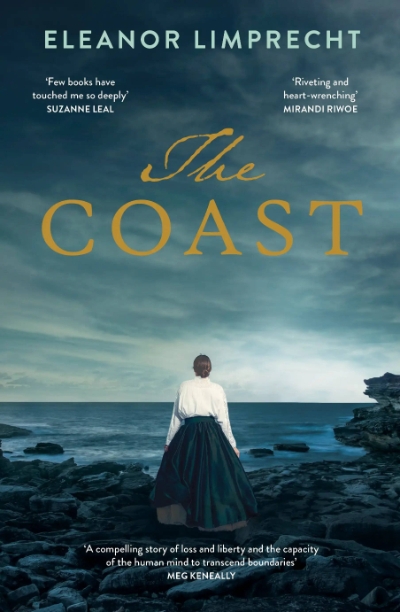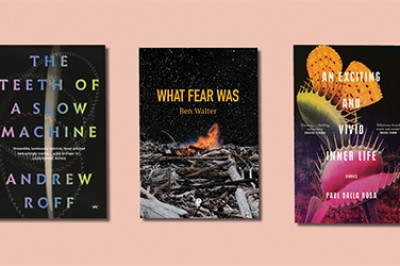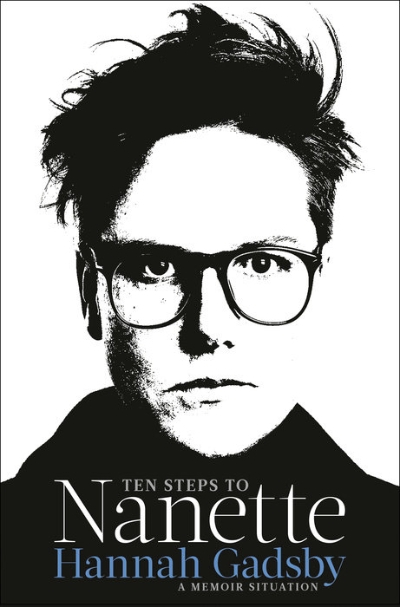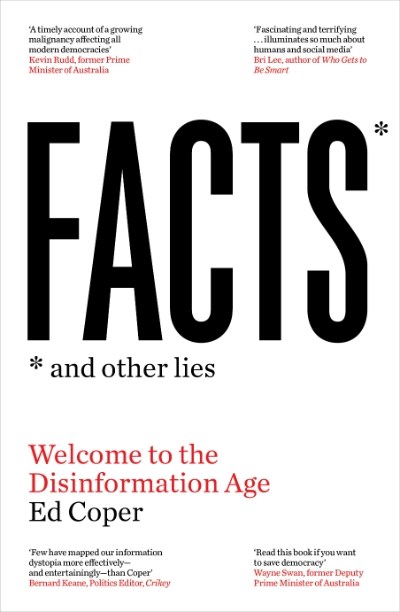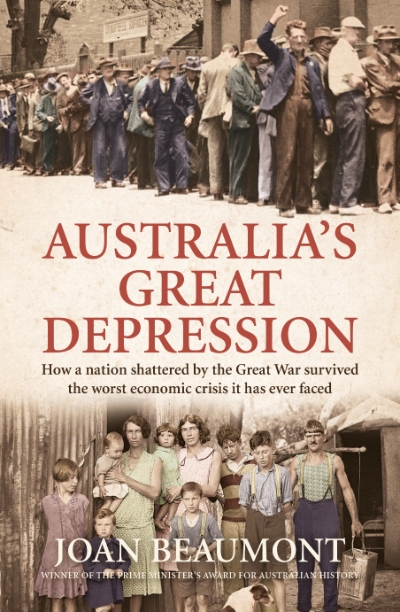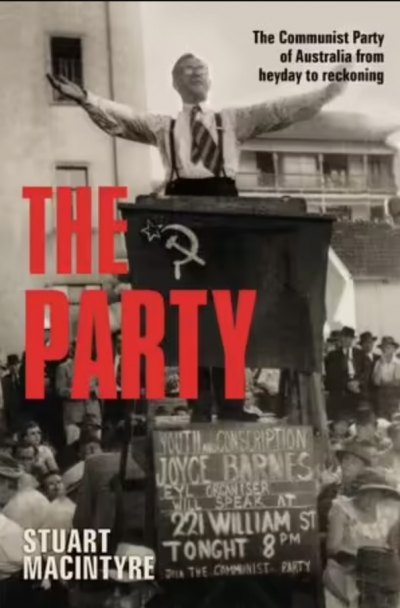Allen & Unwin
In a famous letter to her friend and fellow writer Lorna Sage, Angela Carter declared that no daughter of hers should ever pen a title like Elizabeth Smart’s By Grand Central Station I Sat Down and Wept (1945): ‘BY GRAND CENTRAL STATION I TORE OFF HIS BALLS would be more like it, I should hope.’ The choice between getting sad or getting mad, the dilemma of how to represent the reality of female anguish without romanticising or pathologising it, is a recurring theme in twenty-first-century women’s writing: it forms the main subject of Leslie Jamison’s essay ‘Grand Unified Theory of Female Pain’ (2014); it is the premise behind the post-feminist revenge films Jennifer’s Body (2009) and Promising Young Woman (2020).
... (read more)Australia is not the science-fiction capital of the world; in fact we are probably not even on the map. This unfortunate fact would change if we could produce more writers like Paul Collins.
... (read more)Wildlife film-makers Richard Southeby and his wife Nicole Vander are filming a duck hunt at Great Dismal Swamp, North Carolina, where Greenpeace demonstrators plan to make their presence felt. Their fanatical leader, Simon Rosenberg, has a flowing beard and deeply troubled eyes. His idea is to get his troops in front of the guns, really provoke the shooters and obtain maximum publicity. Remind you of anyone? But then in the early stages of filming, Nicole is blown away into the swamp by an unseen assassin. Who’s responsible? Greenpeace crazies? Duck hunters? Or an international hired hitman known as the Jaguar? You guessed right.
... (read more)In the wake of other recent compelling débuts – Paige Clark’s meticulously crafted and imagined She is Haunted being a standout – three new short story collections, varying markedly in tone, style, and setting, offer bold and unsettling visions of twenty-first-century life.
... (read more)Facts and Other Lies: Welcome to the disinformation age by Ed Coper
Australia’s Great Depression: How a nation shattered by the Great War survived the worst economic crisis it has ever faced by Joan Beaumont
The Party: The Communist Party of Australia from heyday to reckoning by Stuart Macintyre
There are decades where nothing happens, and there are weeks where decades happen,’ Vladimir Lenin has been credited with saying, with reference to the Bolshevik Revolution. It’s a sentiment that immediately springs to mind when reading Jessica Stanley’s A Great Hope, a début that, while not billed as historical fiction, is deeply concerned with history and its making.
... (read more)
